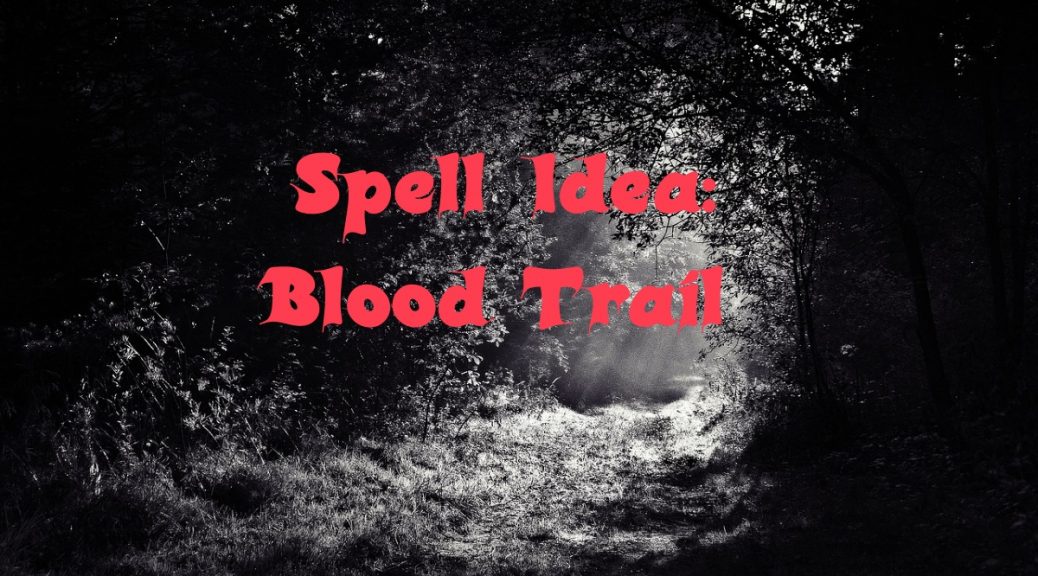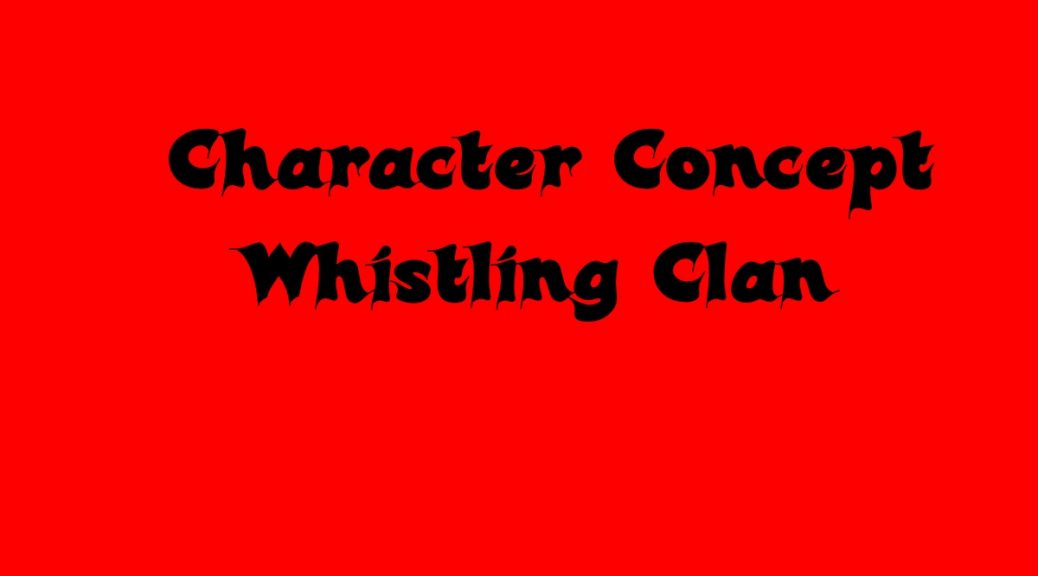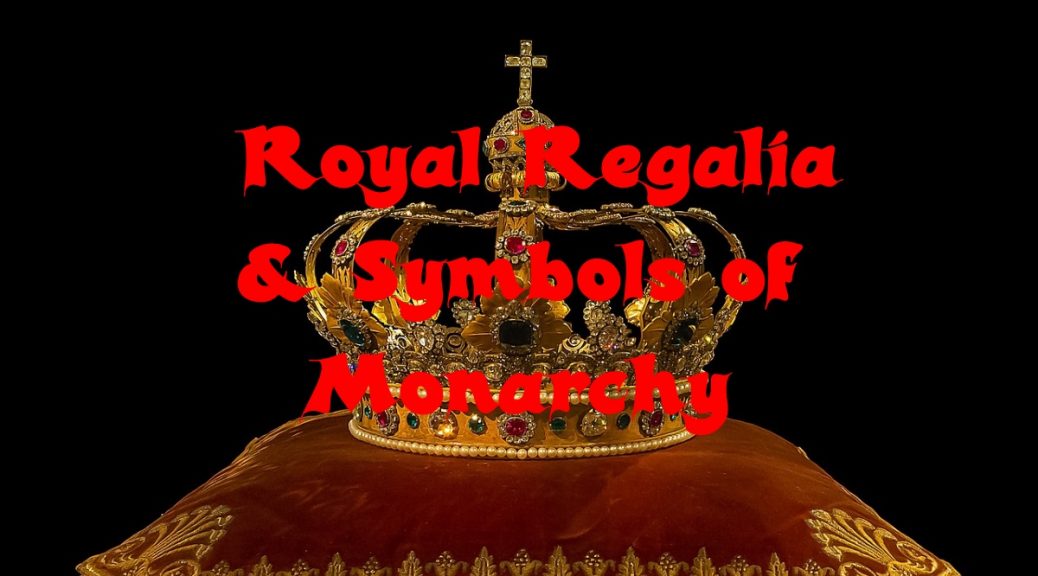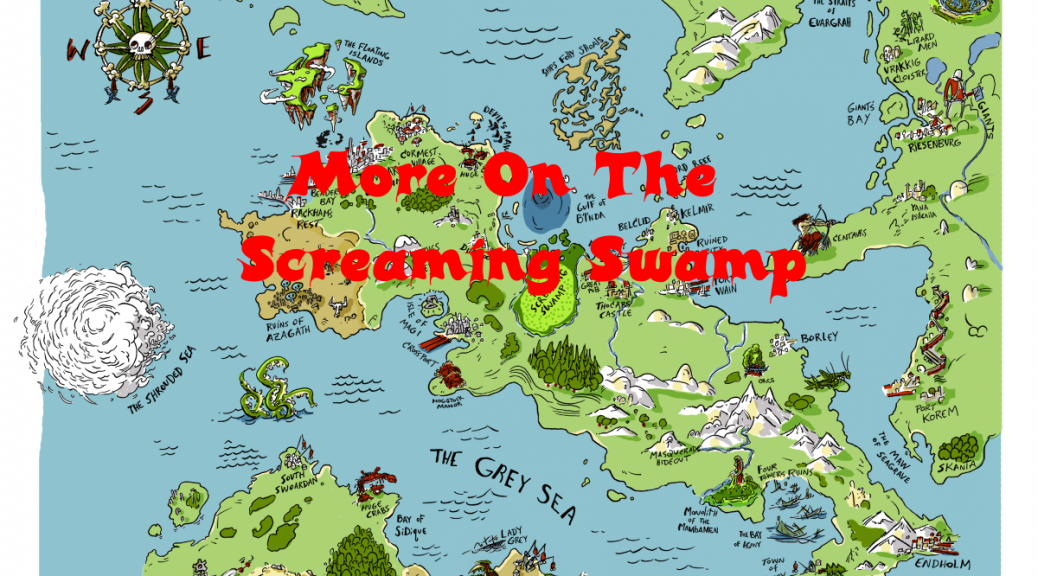Panzerliion on Twitter mentioned this:
I retweeted it and added a thread with my response:
In essence this is about the need for more variety in in how adventures are developed. It urges all publishers of RPG modules to stretch the bounds of their creative vision beyond the standard skeleton structure.
As I pointed out in my Twitter response, original D&D focused on the megadungeon under the city and the focus was always going there for adventure and treasure. Rarely did the dungeon force itself into the affairs of the surface.
My Idea
I’m not sure it’s new to me. I seem to vaguely recall something like this several years ago on a blog.
The idea is to take The Seven Basic Plots by Christopher Booker or The Thirty-Six Dramatic Situations by Georges Polti and list what classic and current modules fit each situation. The idea is to break out of the oft-repeated story structure of someone from outside has to save the day. Dicegeeks has a PDF of the 36 Dramatic Situations with the examples from the now public domain book. However, it does not list specific modules.
I also found some other related ideas while trying to find what I seem to recall from an OSR blog or on G+ from several years ago. John Hodgman’s 55 dramatic situations. This takes the five primal conflicts and gives 11 examples of each.
Seven Six Basic Plots
A computer analysis found six basic plots in an analysis of 1,737 books from Project Gutenberg‘s fiction category, that matched an idea from Kurt Vonnegut. This begs the question, what about a similar analysis of non-European languages? While there may be less than a dozen basic plots in all human literature, are we sure? I only have expertise in English, my native language, as I was born and raised in the United States. I have studied other languages, unlike the majority of Americans whose family are in the US for three or more generations. I’d love to hear from someone of a non-European background or anyone with knowledge on the topic.
The seven basic plots are:
- overcoming the monster (The Hunger Games)
- rags to riches (Aladdin)
- the quest (Lord of the Rings)
- voyage and return (The Time Machine)
- comedy (A Midsummer Night’s Dream)
- tragedy (Romeo and Juliet)
- rebirth (A Christmas Carol)
Computer analysis reveals these six:
- rags to riches (where there’s a rise in the emotional trajectory of the main character)
- riches to rags (fall); man in a hole (fall then rise)
- Icarus (rise then fall)
- Cinderella (rise, fall and rise)
- Oedipus (fall, rise and fall)
Five Primal Conflicts
- Man versus man
- Man versus nature
- Man versus society
- Man versus himself
- Man versus cyborgs
Another interesting list is Aaron Diaz Dresden Kodak’s 42 Essential Third Act Twists, which refers to most plays and movies with a 3 act structure having a big twist at the end.
Of course, let us not forget Joseph Campbell’s Hero’s Journey, and Satine Phoenix’s The Action Heroine’s Journey that looks at it from the perspective of a female protagonist.
Five Common Character Archetypes
There are five common character archetypes:
- The Hero
- The Mentor
- The Everyman
- The Innocent
- The Villain
Other Ideas
The Alexandrian has an article, Don’t Prep Plots. He argues to prep situations instead of plots, since plots are the sequence of events that drive a story. Just like a ship’s navigator plots its course. For the open world sandbox style of play, the situation is definitely desirable. The plot works better in a one shot, module, or streamed game where time and focus is a must.
NPCs Should Have A Life Of Their Own
Whether you focus on a plot or a situation for your adventures, the key is how to diversify and have a story that doesn’t treat the NPCs as merely window dressing in the world? To make your campaign world seem more alive, the NPCs have to be more than cardboard cutouts. Think of it as the difference between special effects in 1960’s Star Trek and the Star Trek movies and later TV shows. NPCs as merely one-dimensional fonts of information, money, or conflict are low budget special effects. NPCs with a voice, mannerisms, or something else to make them stand out as individuals brings more life into your world. NPCs aren’t stupid or dumb. Weighted random encounter reactions make more sense. A group on a bandit raid is leaning to either fight or flee. A warband is more weighted to fight. A suspicious person is less likely to be persuaded to do something outside their normal behavior.
More on the 36 Dramatic Situations
Loren J. Miller applies RPG examples to the 36 situations, I think this is the website I recalled, as mentioned above. One should keep in mind that these plots from Georges Polti were from an analysis of ancient Greek literature and more current French works. The original French was published in the late 19th century and translated to English in 1916. I am unaware, and so far, not finding anything similar that may contradict or expand this list from other literary traditions. Having seen this list, and the other examples I have listed, I am not sure what I would add as a general category.
Old Man Grognard mentioned the 36 plots on the 109th episode of his Radio Grognard podcast.
In my Twitter reply above, I mentioned making a list of the 36 plots with a module that represents each. I thought of them as plots and not dramatic situations, as I had mis-characterized the list in my recollection. I think such a list will still be helpful, but I want to know examples where the players are not outsiders coming in to solve the locals’ problems.
Motivations
Originally, the motivations of characters in D&D were to go to the dungeon to get loot with the ultimate goal of retiring with a stronghold or a castle, temple, or tower. Adventurers were not necessarily good, or even heroic. In general, from my experience of playing AD&D when it came out and it presenting the entire wilderness, cities, and other plans as a place to find adventure, it also leaned toward presenting most classes as heroic. Except for the assassin, and some aspects of the thief, the rest of the classes tended towards good or benign. Subsequent versions of D&D portrayed the adventurers as heroes doing heroic things. Many modules required characters to be heroic and save the day, such as with the slavers and the drow modules.
So the characters have somewhat transitioned from merely treasure seeking to adventure seeking to being heroes with gold as a nice fringe benefit.
However, the characters are the only ones who can save the day in most modules. Are there any older or current modules that don’t require the heroes to be the outsiders who rescue the natives?
Change It Up
While the seven plots and 36 dramatic situations may be truly universal among human storytelling, when it comes to RPGs, we can find new ways to express them. The biggest challenge for those raised in the European tradition of literature, is to find new hooks for our adventures.
Can we avoid writing modules and convention games that don’t involve outsiders solving the problem for the natives? We are so used to it that it is hard not to think like that.
- It is reasonable for the adventurers to save themselves. If they can’t keep themselves alive long enough to return to town, who will save them?
- Occasionally, having an object or a person to rescue is valid, but not every module or adventure should begin that way.
- Go to the roots of D&D and stick to the megadungeon.
- DCC in my experience, tends to do things right with 0 level funnels where the characters are all from the same village. So the villagers save themselves.
- Why don’t more adventurers make enemies from villages near the tombs they just looted for taking ancestral burial goods? (Does that happen in your world?)
- In cities, the watch should be competent unless the city is a corrupt place on the verge of societal collapse and riot. (See the above comment on NPCs – not all oblivious and complacent to the player’s whims.)
Once the characters leave their home turf, how can they not be the outsiders solving problems for others? Wandering adventurers can easily be sidetracked from their initial goals. Have you even not taken weeks to deal with a side quest?
At the very least, language and cultural barriers should rise up once characters leave their starting location. If elves, dwarves and other non-human characters come from far away, how will those types fit in? Is your world a mish-mash high fantasy where all possible species intermingle at every village? If elves and dwarves mistrust each other and are mistrusted by the humans in your world, how will a party form from that?
Conclusion
I must admit, I’m having a struggle determining more than the few ideas above for avoiding the outsiders have to save us trope. I’ve seen that in some foreign films too, most recently from China. While the outsider was from outside the village, it was the same culture/nation. The biggest problems are when the nation or culture changes from the one to which the characters are native. Here, let the foreigners fix it for you….
How do we get past that? I’m not sure that there’s an easy solution other than to put our efforts as GMs to be more creative about the plot and make them such that they don’t reinforce ideas from the era of colonialism and imperialism.
One option is to make the villains the imperialistic colonialists. This would put the characters in the role of rebels and freedom fighters. Something those who know the origins of the USA should get behind.
I’d like to know your solutions to this. What plot hooks would you use that are not the characters swooping in to save the day?









